“Is the woodworm infestation in my house active?” – I am asked this question all the time.
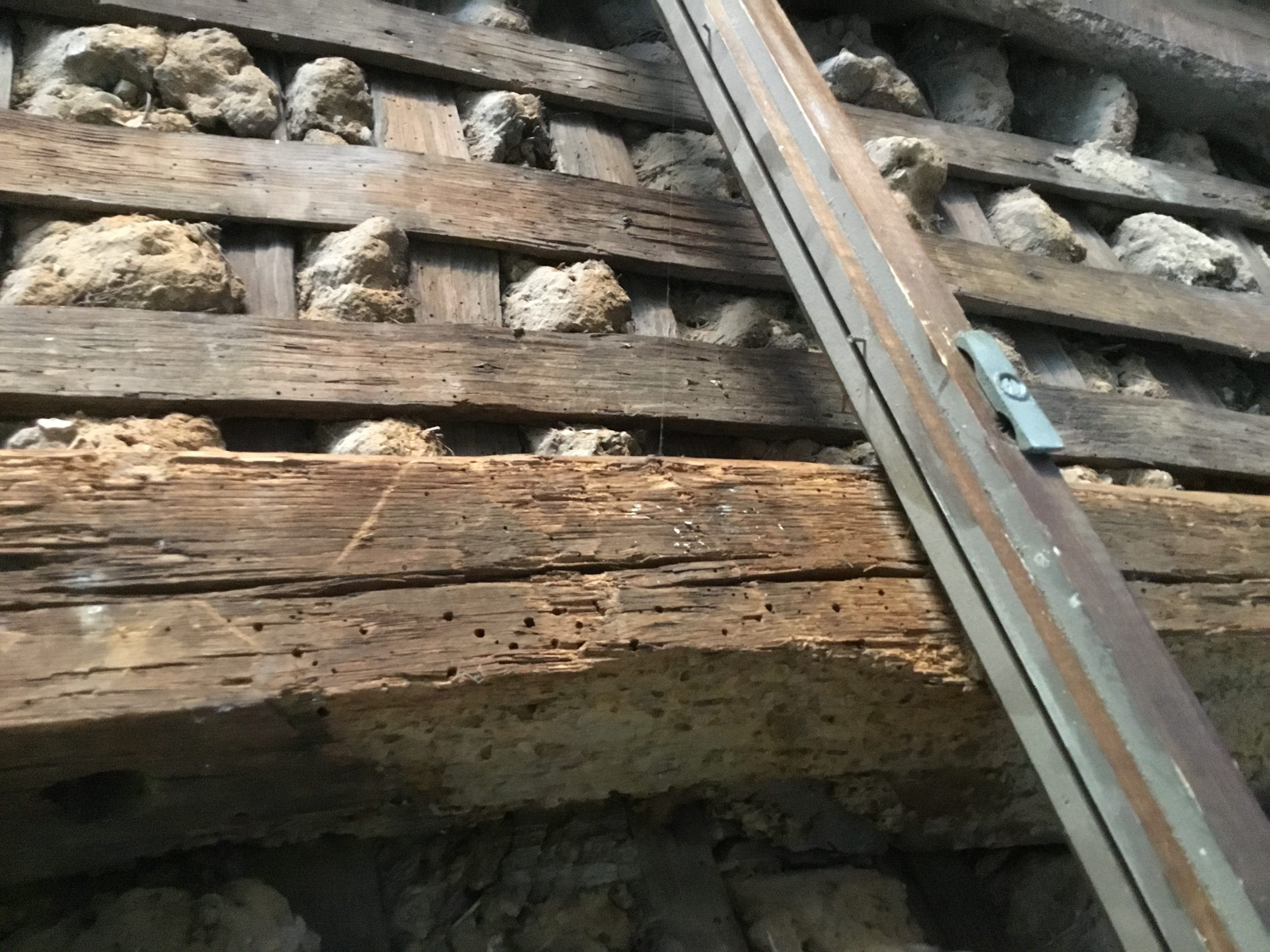
Exit holes in wall timbers
Usually this comes as the result of an observation made by a RICS surveyor during the initial Homebuyer survey where signs of woodworm attack might have been noted. Most likely, he/she will have noticed small holes in the floor boards or roof timbers. These are exit holes where the adult beetle has emerged.
Commonly, the guidance in the report will be for you to contact a PCA registered contractor in order to gain further specialist advice. This is where I would take issue with the wording of the RICS surveyor’s report.
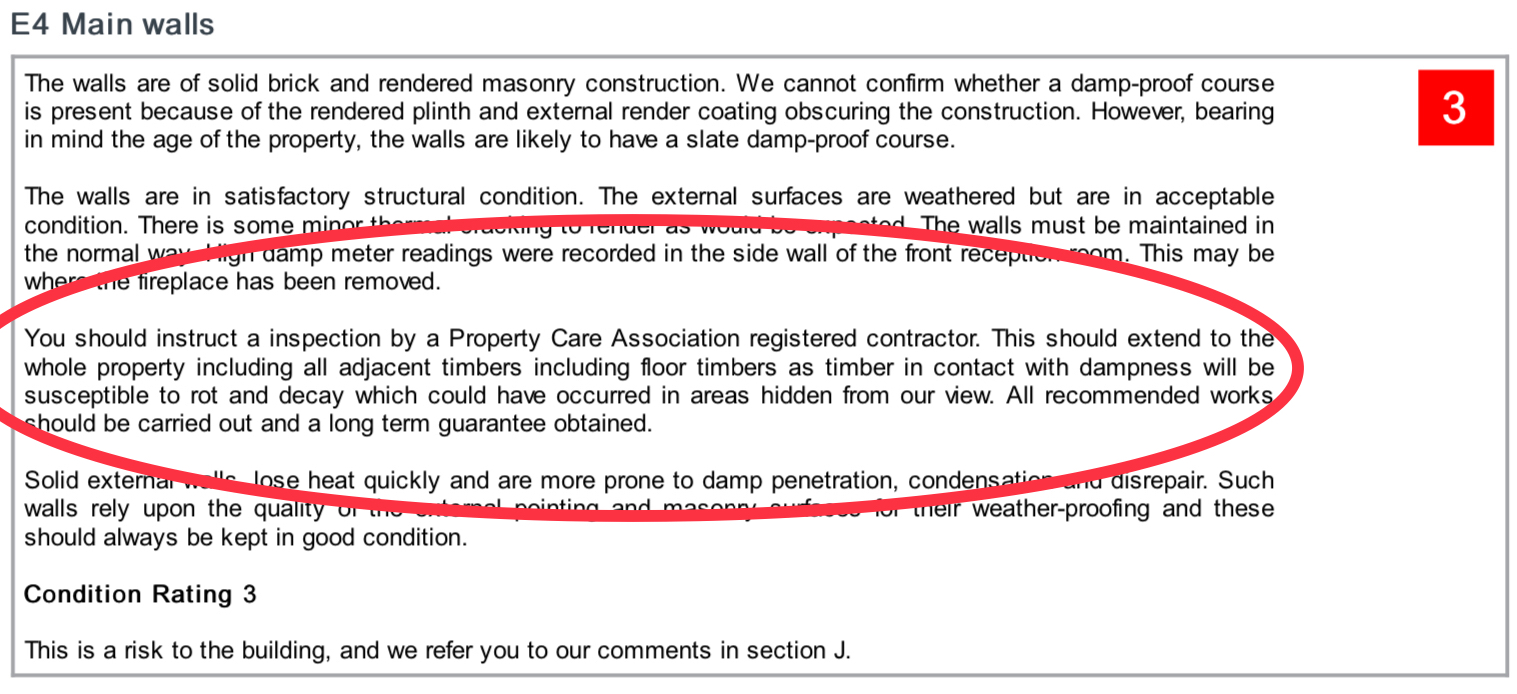
The usual recommendation in a Homebuyer report
Why would you ask a contractor (someone who has a vested interest in finding work) to carry out an inspection on the timbers of a house where woodworm is suspected? Whilst many contractors I am sure are honest, more often than not they will recommend a chemical insecticide spray treatment of the timbers (and sometimes even the whole property) as a “precautionary measure”. This is usually because they are unsure as to whether the insect attack is active or not. A happy coincidence of this uncertainty is billable work!
After spending anything in the region of £600 – £1,500 you are rewarded with a bit of paper that guarantees the invading insects have been exterminated and will not return for 20 – 30 years. Sound familiar?
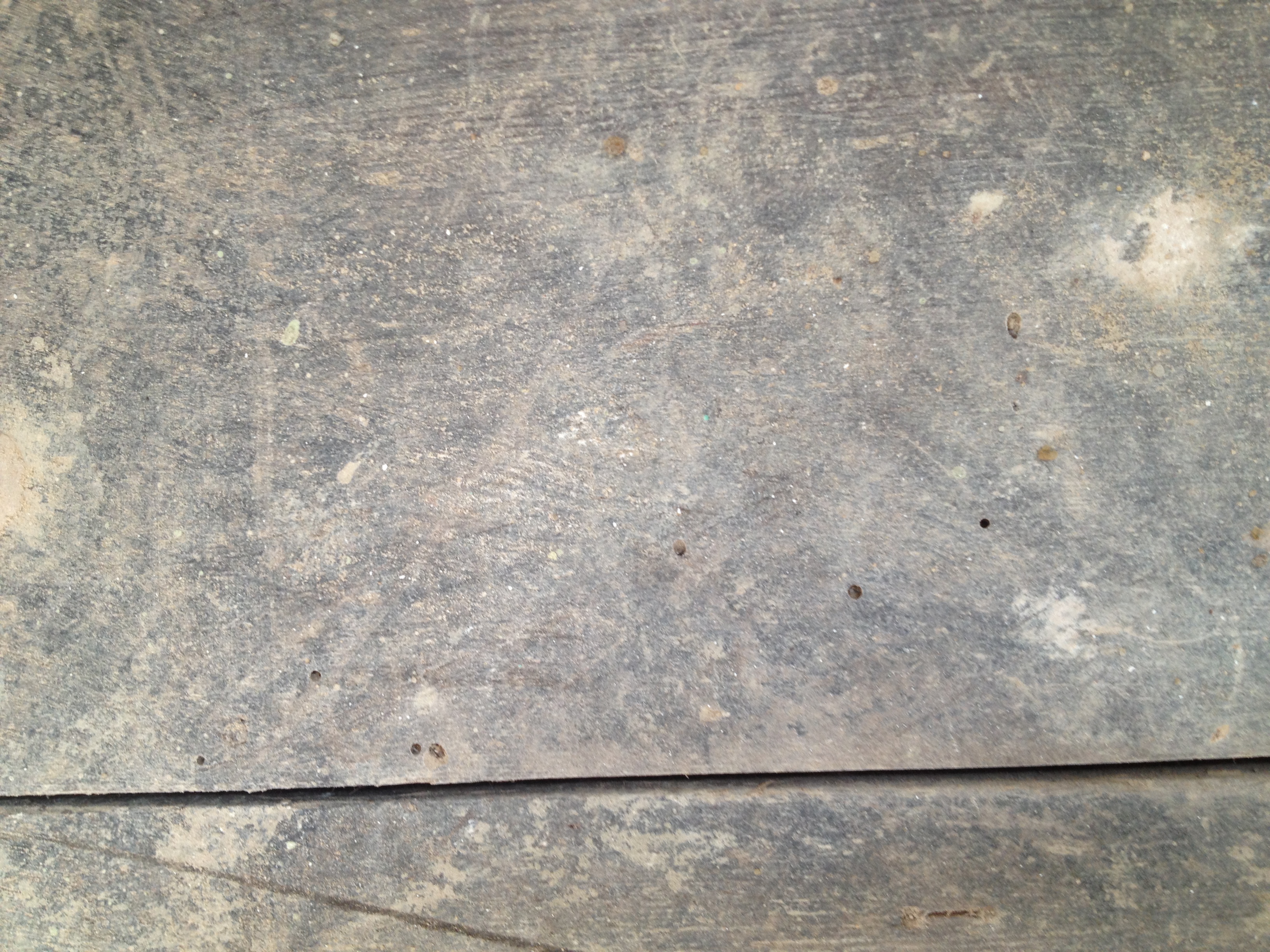
Exit holes in floorboards
Let’s rewind a bit and see what should have happened. You receive an instruction from your RICS surveyor to have the timbers inspected further. Or perhaps you have noticed some holes in the floor or roof timbers of your house and you are concerned with the possibility of woodworm infestation.
If your are living in an old house (let’s assume “old” means that it pre-dates 1920) the chances are that the signs of insect attack are historic and therefore not active. But how can we be sure of this before having the flooring pulled up and nasty chemicals sprayed all over your house?
Firstly, your legal advisor should investigate and determine whether or not guarantees exist relating to any timber treatment that may have taken place. If so they should be checked to see if they are still in date. Most timber treatment guarantees are good for 20-30 years and subsequent re-infestation is not a common occurrence in treated timbers during this period. So if the paper work checks out then we can reasonably assume that the evidence noted by the surveyor is sign of historic woodworm attack. There is therefore, no need for so called “precautionary treatment”.
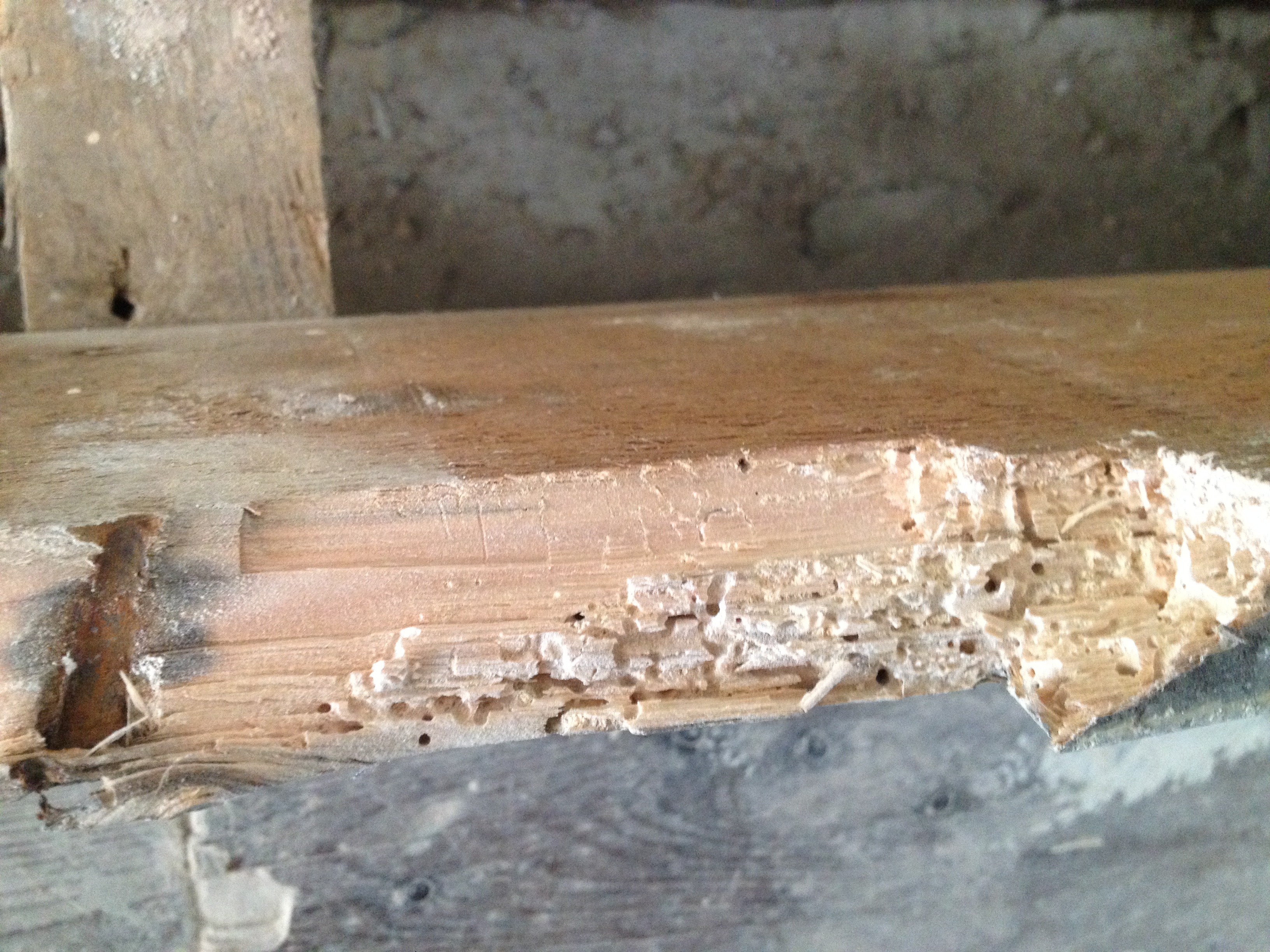
Frass indicates active woodworm
But can we be doubly sure that there is no insect attack present? The answer is YES. A proven method that is rarely mentioned onsite is what I call “The Paper Test”. This involves covering in lining paper the timbers that we suspect be infested. The area is then monitored over a number of years. If holes appear in the lining paper along with deposits of “frass” (powdery wood chewings deposited by the beetles) then active infestation can be confirmed.
80% of the woodworm attack found in the UK is as the result of Common Furniture Beetle. Even when infestation is active, in the majority of cases this is not something to be overly concerned about. Rarely is the attack severe enough that it causes serious damage to the structural integrity of a property.
A suitably trained and qualified surveyor should be able to confirm for you as to whether the woodworm that you have is active or historic.
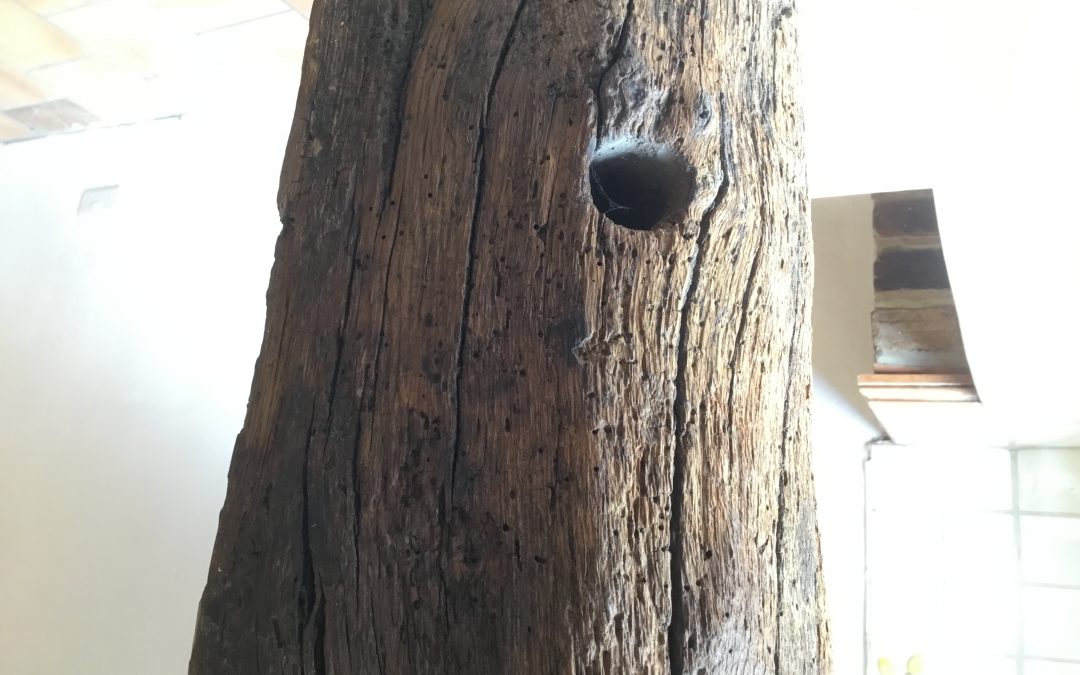
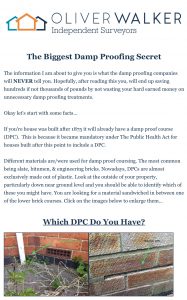
We bought an old property 3 years ago, about 1900 circa. Bad or told us the house was treated for woodwork and had a cert, though we haven’t received this.
My question is, Can you still get the powdered sawdust come out when you bang on a beam from an historic infestation.
In theory yes you can Maureen – it depends when you last “banged the beam” if you pardon the turn of speech! However, the presence of fresh bore dust (frass) would reasonably confirm on-going insect activity. Perhaps consider trying the paper test that I mention in the blog post. You could also knock the beam a few times to dislodge any existing frass, and then clean up the surrounding area and check again during the breeding season which is May – Sept. If you are noticing fresh frass deposits at this stage then I think you can assume that the infestation is active and therefore consider chemical treatment.